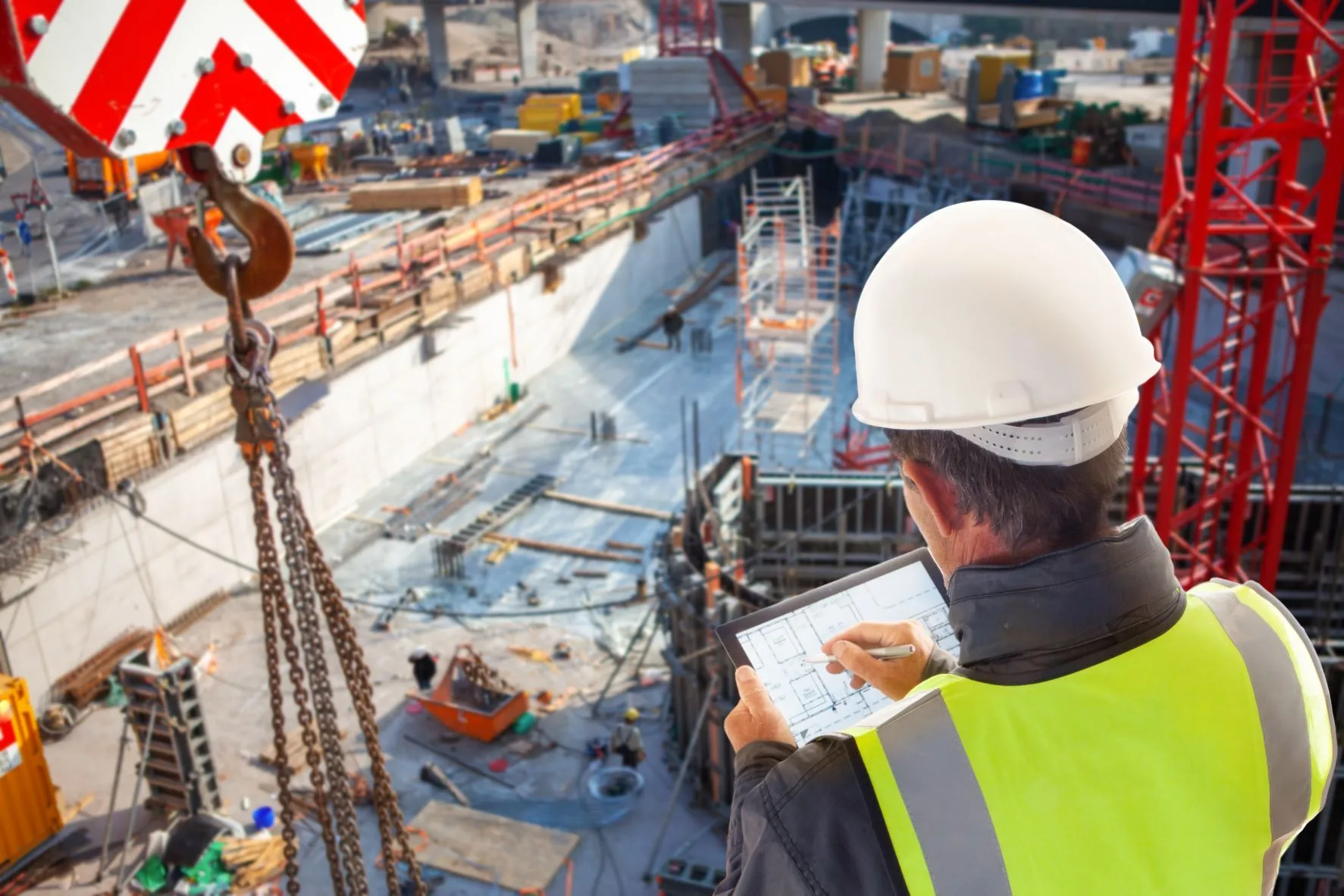The role of the Project Director and on-site communication
For Project Director
If the Project Director (PD) is a Project Manager (PM), then all the actors who operate at the construction site are his multidisciplinary team. In this article, and with the help of Engineer Laura Locci, we talk about a fundamental player at a construction site and of any project: good project management. A good PD will therefore be capable of achieving ambitious goals, in addition to being a good listener and communicator. This can be enhanced with the support of a valuable tool: digital technologies. After all, a team is no abstract entity, and it is not made up – fortunately – by machines. It is human, too human, as Nietzsche would say.

The role of Project Director
Name one place where a multidisciplinary and interdisciplinary team carries out a project under the leadership of a PM? The construction site.
A Project Director is essentially a PM. His team is comprised of all the actors who rotate around the preparation of the work, the construction itself, and the delivery of a project: the companies, the workers, the craftsmen involved in the work.
This point of view makes it easier to understand some of the processes and obstacles faced by the team working on the construction site, typical of any project that requires people from different professions to work in synergy.
One of these is communication
Communication and proper communication: this is the question!
How does a PD manage to develop the necessary soft skills for communicating and motivating their team?
The greater a project’s complexity (and here we are thinking about the site’s complexity, which is a random and unstructured environment where features regularly change), the more you will need to pay attention to managing the interactions between the different stakeholders.
Often, it is precisely here that a project’s eventual success is determined. Ignoring the different needs of each project member will inevitably create communication mistakes, and in turn, communication mistakes will invalidate the results obtained.
The five characteristics of appropriate communication are: simplicity, clarity, completeness, practicality, and correctness
Now, without contradicting the existing wisdom on the elements of effective team communication (as you can see above, there are 5), we just want to highlight the importance of some of its essential elements: the who, why, when, and why.
Who?
The Who may seem unimportant, but often some players are entirely excluded from a construction site’s usual communication channels, as these follow the company’s hierarchy.
Perhaps due to custom, in the interest of speed (even if it will create delays later on!) or just because “it has always been done this way”, companies move from direct communication between Project director and contractor to indirect contact with the people who are actually doing the work.
How should this window be built? As information passes from mouth to mouth, it may not be understood correctly when it arrives at the person building the window. Ultimately, communication is not about what we say but what the listener eventually understands.
How?
The How. Emails, written notes (with illegible handwriting) on the back of receipts or random pieces of paper, text messages, Excel spreadsheets, WhatsApp texts, phone calls…. in a construction site, communications are usually made using a wide array of means and channels, which inevitably create confusion and ambiguity. This is why the information may be contradictory – where should the electrical outlet be? – and challenging to reorganise chronologically.
Mistakes or loss of time and money usually follow from fragmented, disorganised, and disintegrated communication. This will likely create team dissatisfaction and even problems with the client because the budget was not respected, and delivery deadlines are missed.
When?
When...well, it’s very easy to understand how time is an essential variable. Passing messages promptly and in sync is one of the most challenging hurdles to solve when managing a construction site.
Usually, in multidisciplinary teams, whoever arrives at the “production line” later will have to deal with all the accumulated delays from the previous stages. In this way, the work that is beginning today should have finished yesterday!
The time factor makes it harder to rectify any errors before the problem becomes difficult to manage.
Why?
Why…. Obviously, to complete a project, but this is not such a pointless question.
Throughout a construction project, you will usually set a series of partial objectives – even if informally – where the team’s efforts will be focused on. This can only be done efficiently through open, direct, and prompt communication.

Digital tools that simplify communication
Suppose you depend significantly on human factors, such as soft skills and your PD’s ability to communicate or (especially) to listen, in a complex work environment like a construction site. In that case, digital tools can significantly simplify your tasks. Let’ see how.
Remember when we asked, “who?”
The digital tools offered by an app like Mela allow the team at a construction site to remain focused on the project. This is because any relevant information about ongoing works can be shared in real-time, in a single platform that is easy to use and accessible to everyone at all times.
With regards to the “how” and “when"...
Using an app specifically designed for the construction industry, such as Mela, allows all players to access an agile and easy to use platform directly from the construction site. This will be secure through cloud technology, eliminating the risk of clogging up a smartphone’s memory or losing any information. Your team can use this to share documents, photos, and videoclips that document the site’s everyday activities.
The more you centralise data in a single, secured digital archive – and therefore, in keeping with current regulations – the more accurate, precise and traceable will be all your information, which will improve productivity and increase profits!
The when is the most significant burden for a PD, as every task done out of schedule will have a financial impact. Digitalising reports (including the ability the read any shipping documents or invoices automatically) will help you reduce any delays in cost control. Some mobile applications can collect data quickly directly from the site and immediately send them to the accountant or to the owner.